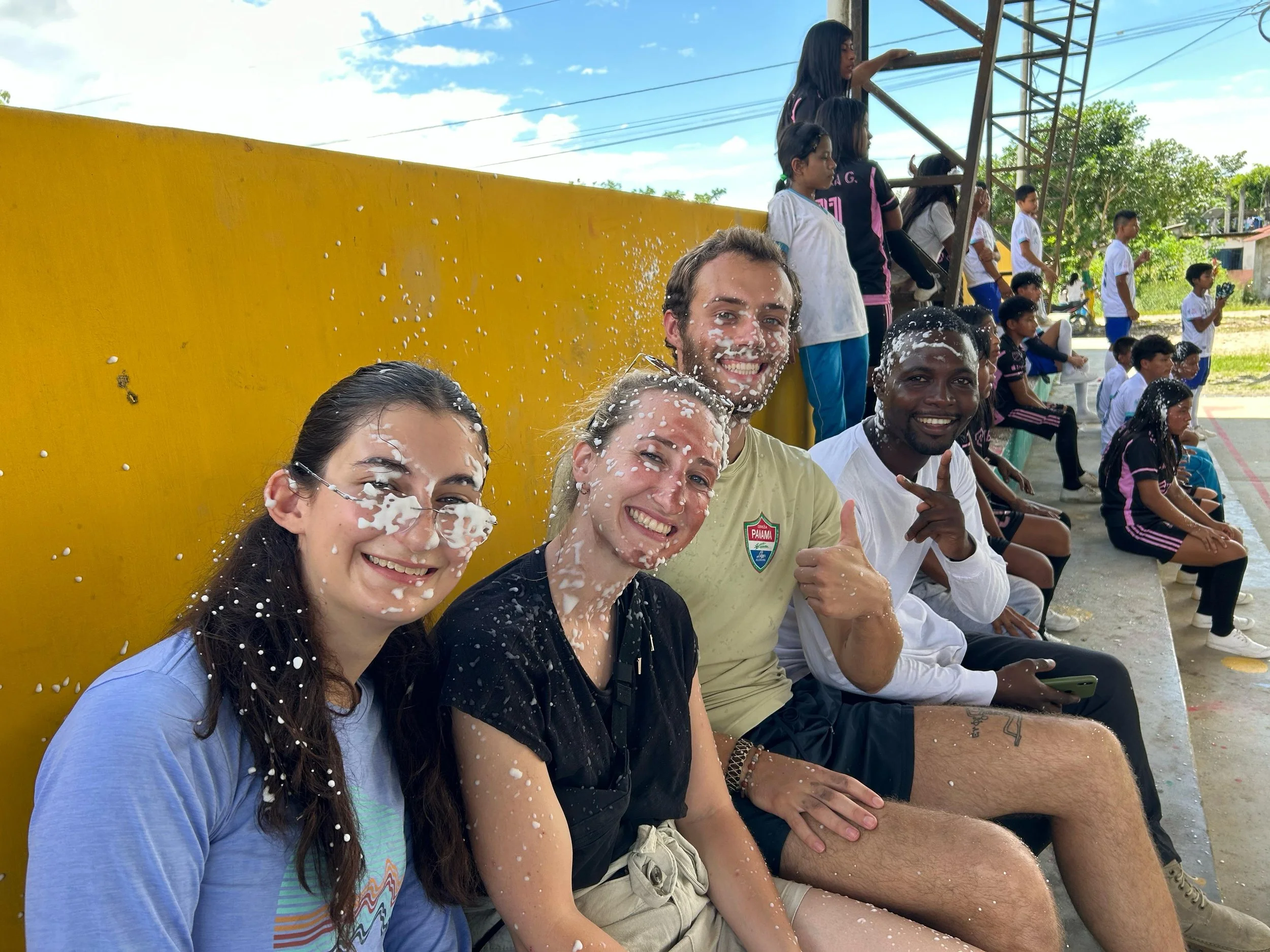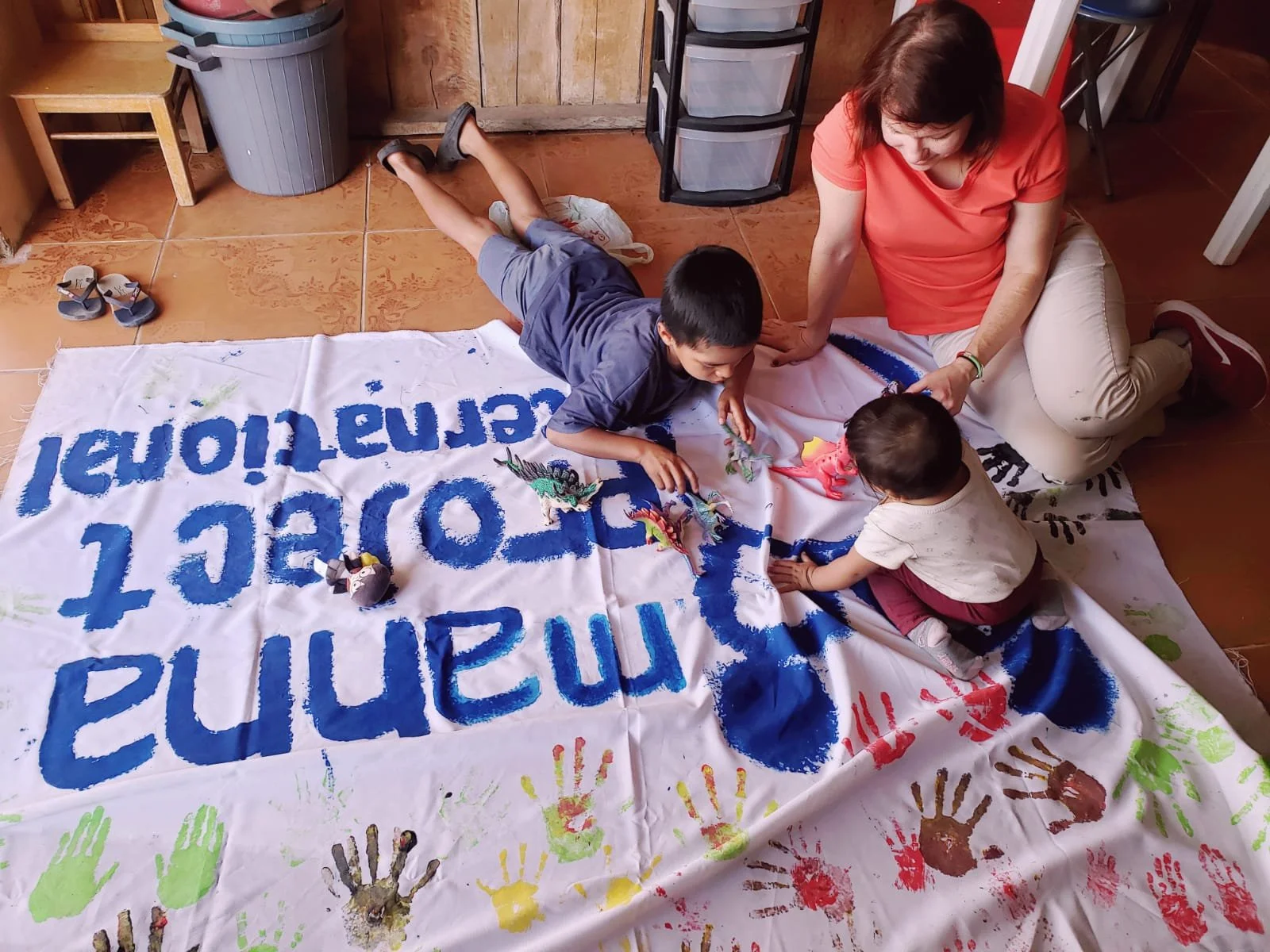We split into two groups so as a whole we got a good idea of what Baños has to offer. My group of Peter, Joey, Jenny, Madeleine, Janine, Heather and I all rented bikes and went down the path that goes past all four waterfalls. I was under the impression it was off road a lot of the time, riding through jungle paths, barely missing jaguars and swiping snakes from your face. Turns out it was all on the road but that really was the only disappointment. It was essentially downhill the entire time, winding down through mountains that looked like the were the background for scenes from Jurassic Park or Lost. There were so many scenic stops for waterfalls and beautiful views that we had to keep flying past some in order to make good time. Some of my favorite parts was when the road split into a tunnel and separate bike path for bikes only that ran along the edge of the valley we were following and afforded some of the best sights of the day. About halfway through it began to rain but that didn't dampen any of our spirits as we were having a blast. We ended the ride by stopping a popular hike down to the Pailon del Diablo (Devil's Cauldron). As one would expect from the name, it was massive, powerful waterfall that you could literally crawl through the side of the mountain to get to its source. The pictures will succeed where my words fail.
The other group of Polly, Sarah, and Lucy went canyoning, which is one of the more popular activities to do in Baños. It is essentially rappelling down waterfalls. From what I hear, they got just as wet as we did but had more fun doing it. Again, I'll let their pictures speak for themselves since I wasn't there.






















